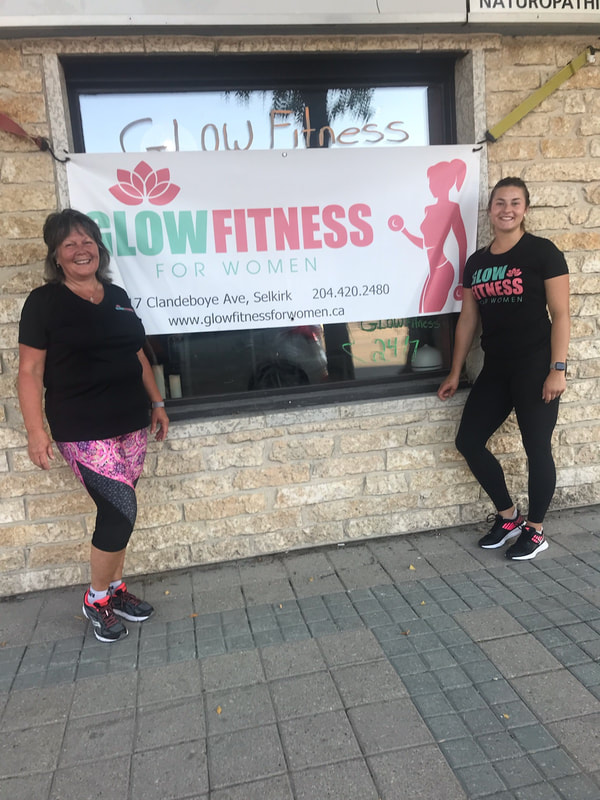|
In an assignement that she prepared for a course on healthy aging at the St. Francis University for Human Kinetics, Glow Coach Tiffany Addison discusses some of the benefits of working out, even if you don't get started until middle age or older. Check out some of the highlights of Tiffany's findings - or scroll to the bottom to download and read Tiffany's paper in full. Can Workouts stop you from aging? Strength training is vital for maintaining muscle tone. Strength training is vital for maintaining muscle tone. Good news! Exercise CAN slow the process of aging in the body. "Strength training is extremely important as we age, because it can drastically reduce the risk for developing sarcopenia, which is a result of the loss of muscle mass and strength that often occurs with age," explains Tiffany. From the time you are born to around the time you turn 30, your muscles grow larger and stronger. But at some point in your 30s, things can go in the other direction - you start to lose muscle mass and function. The cause is age-related sarcopenia - (WebMD.com) Luckily, the Glow workout focuses specifically on strength training the entire body. Other ways that exercise on the circuit can slow the effects of aging mentioned in Tiffany's paper:
How much can you really accomplish in 30 minutes?
A lot of our members at Glow have exceptionally busy lives, balancing responsibilities at work, to family, children, parents, and their community. Fitting in a full workout wherever there is a gap in the schedule requires a routine that is effective and efficient with time. No pain, No gain - a myth?
"Personally, when I experience DOMS, even though it can be painful and cause discomfort for a day or two I have never experienced it restricting any daily activities. However, when talking to some of the members the fact that they rarely if ever experienced muscle soreness was one of major reasons why they enjoy Glow." explains Tiffany. Tiffany notes that this lack of soreness from the workout is an incentive for some members of Glow who have soreness from arthritis or previous injuries. "Conditions such as arthritis can make simple daily tasks such as walking and brushing teeth sometimes painful and uncomfortable enough - the last thing you want to do is add another element of pain and discomfort". Skipping this muscle soreness or having just a bit of soreness that is minimal and manageable, made the thought of working out and being physically active much easier, Tiffany noticed in gathering feedback from our members. Tiffany's Conclusion ThoughtsBest reason to work out = enhanced quality of life.
"Even for those women who still had most of their mobility and freedom they still told me that their quality of life had drastically increased. They were able to spend more time with their children or grandchildren, to actually play and participate in what their children or grandchildren were doing. The increase in their physical fitness allowed for them to have the stamina and strength to pick their grandchildren up, to get on the ground and play with them, to walk to the park with them. All of these little tasks that they were not able to do before engaging in regular physical activity at Glow." Final thoughts? "I think that if we were to emphasize how physical activity can increase older adults’ quality of life and present some of the examples I stated, we could see more of the older population being physically active." Read Tiffany's full report here:
Comments are closed.
|
||||||


